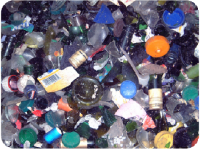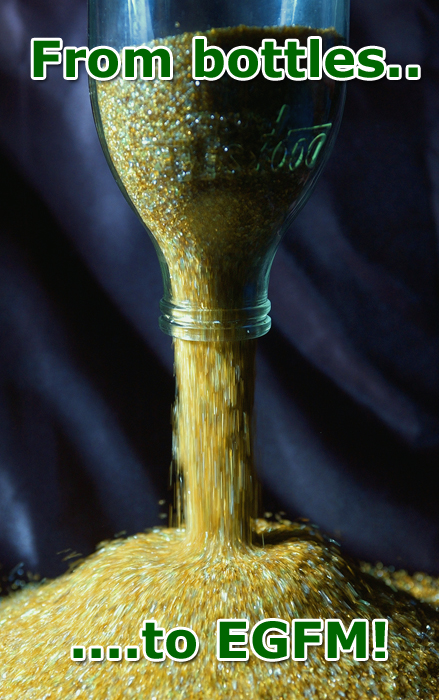As you can probably imagine there is a sophisticated production process in place which turns your old wine bottles into a safe and effective filter media.
| Stage 1 |  | Waste container glass accepted from unwanted re-melt industry and local household collections. |
| Stage 2 |  | Waste container glass accepted from unwanted re-melt industry and local household collections. |
| Stage 3 |  | Sharp free and un-graded basic glass cullet is initially produced. |
| Stage 4 |  | Further processing is carried out to produce a sharp free, clean, dry and graded environmentally friendly product with excellent properties in water filtration. |

History of the Production Process
In the mid 1990s international maritime law was changed to prohibit the dumping of waste at sea by merchant shipping, – a practice that had been routinely taking place for centuries. Soon after a large cruise liner was photographed illegally dumping waste off the coast of Florida. The owners were subsequently fined $1million, but the US judge took the enlightened approach of offering a half million-dollar rebate if the cruise line agreed to implement a total waste management system. Glass presented a unique problem. It cannot be incinerated and occupies the same space whether full or empty. So it required to be safely and efficiently “crushed”, and then stored until it could be offloaded. As no suitable equipment met the specification, consultant engineer was engaged to design a rugged processor that would reduce the overall volume of glass, and make it safe to handle. It was during the testing phase that the unique process was first discovered to densify glass down to 15% of its original volume, and also render it totally sharp free and safe to handle. The Imploder proved a success, Krysteline was formed and the process patented worldwide.
